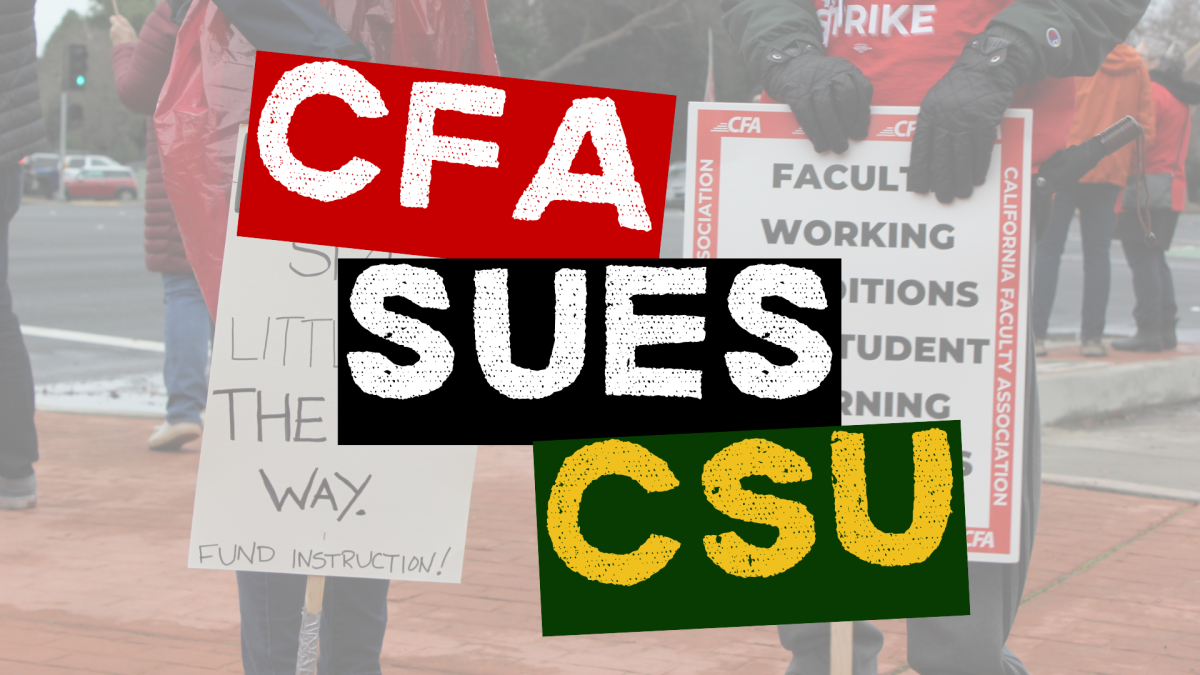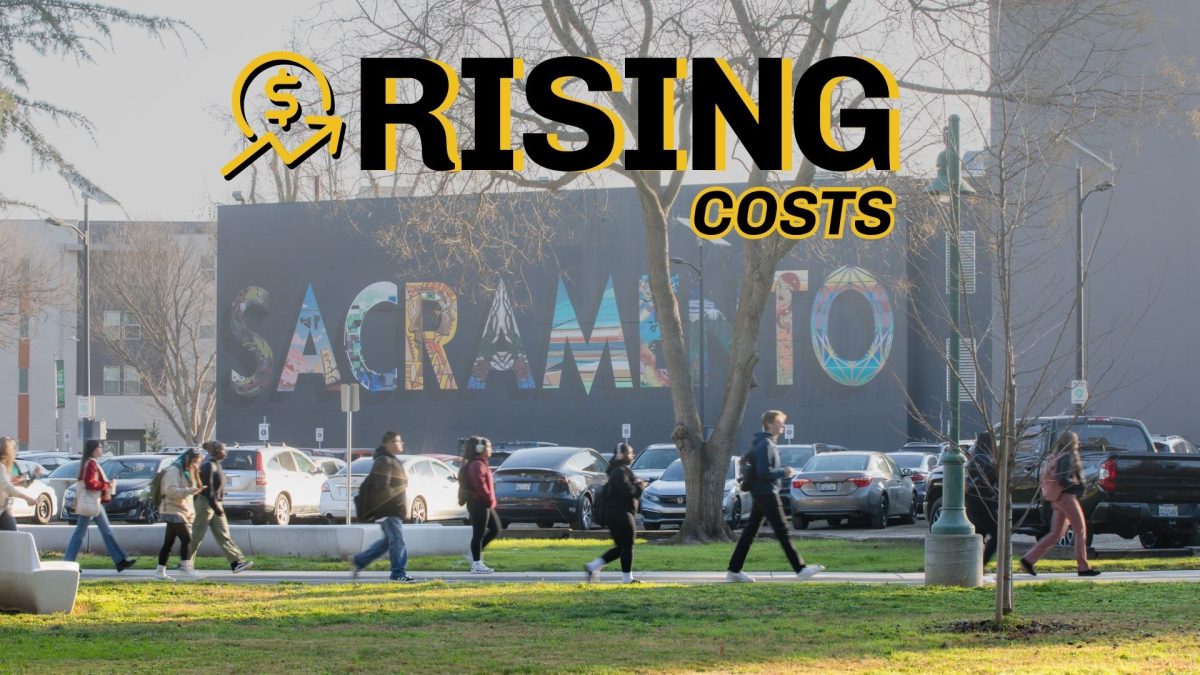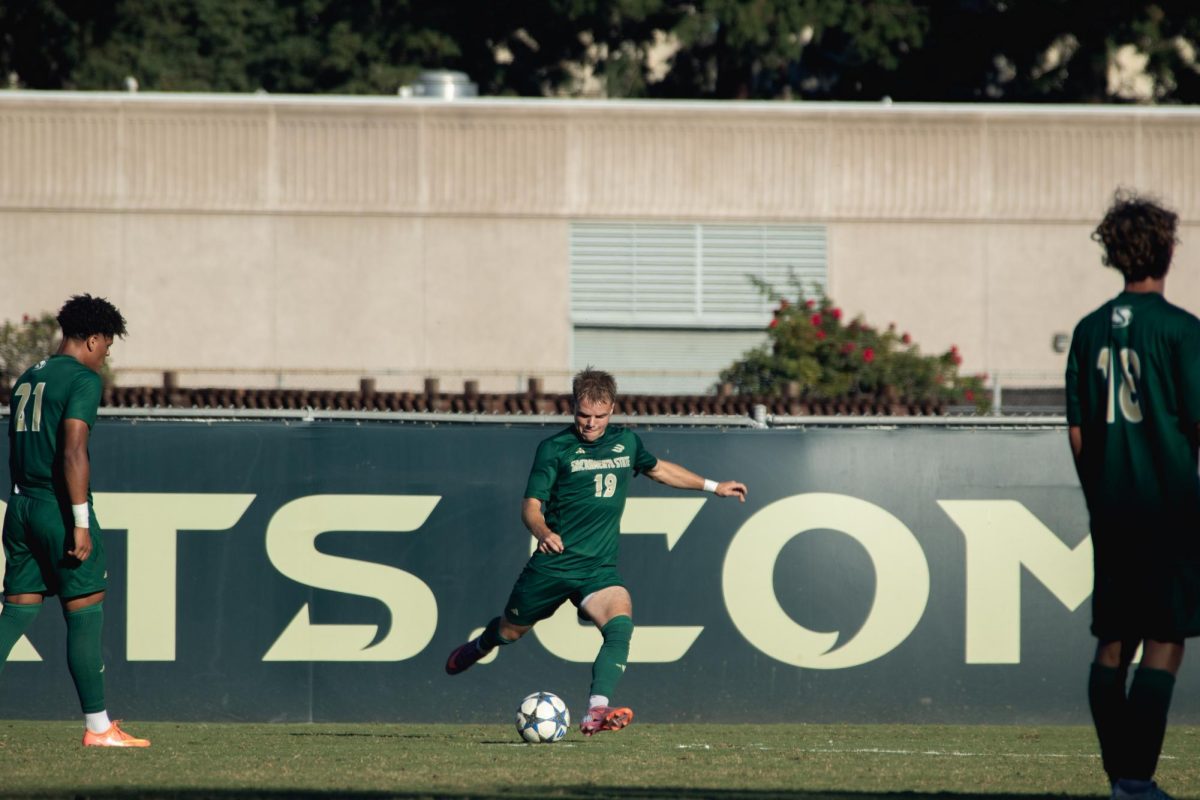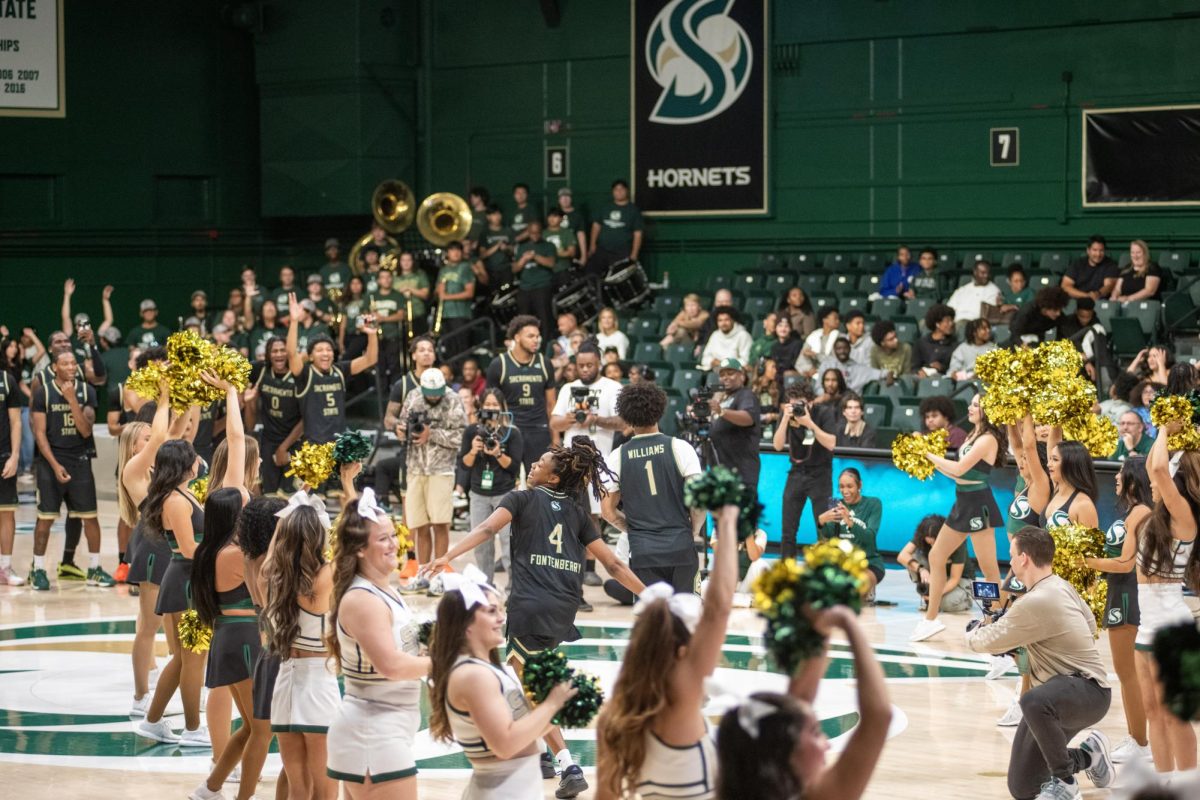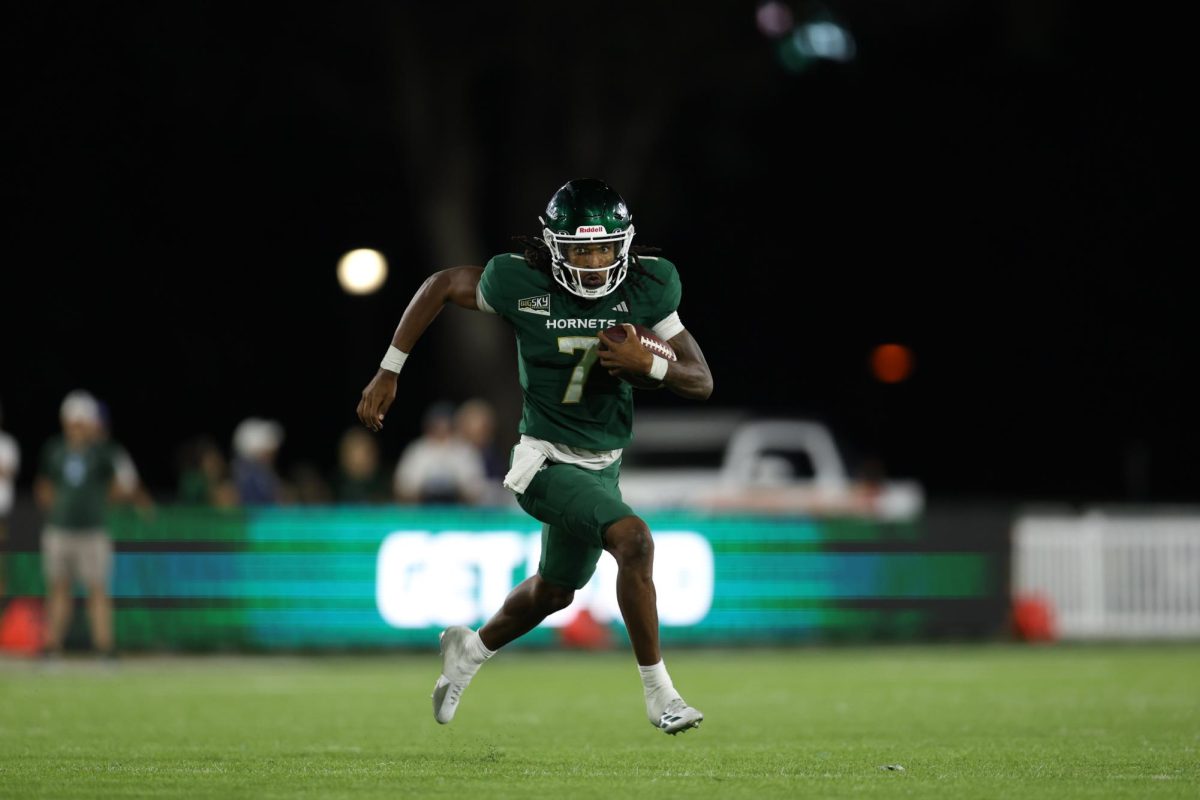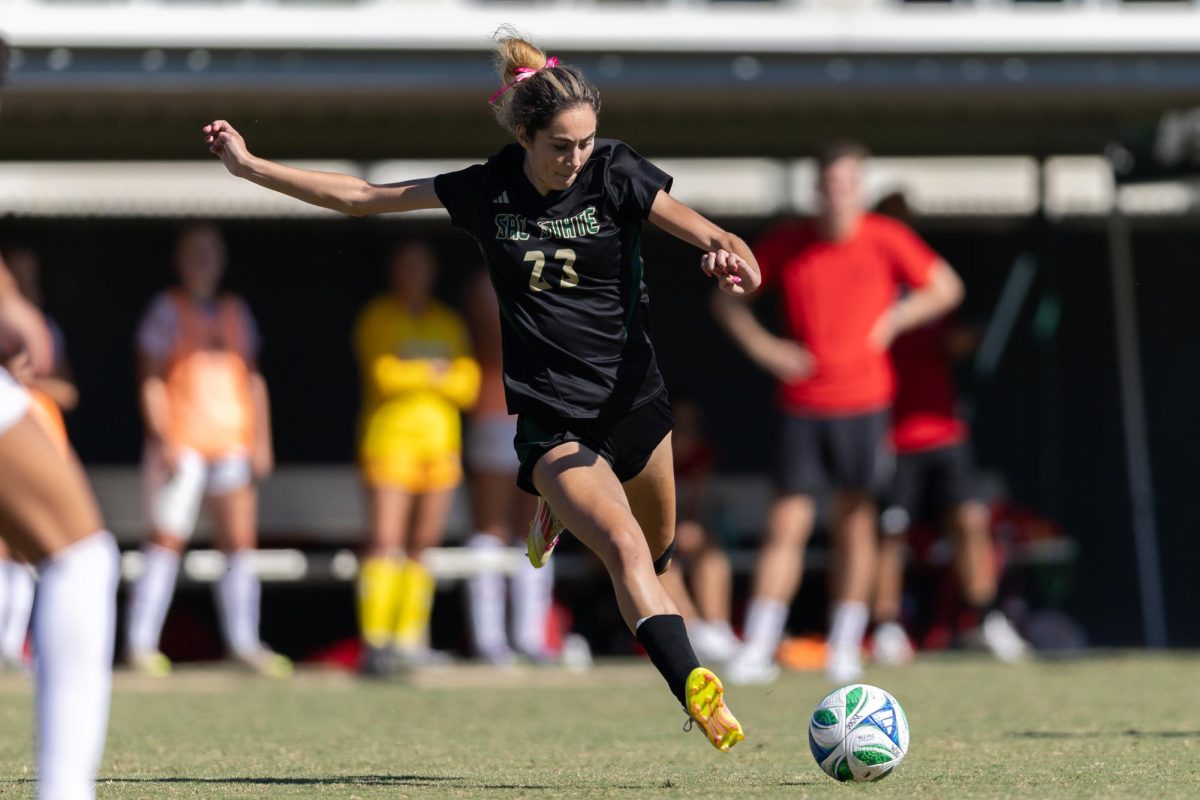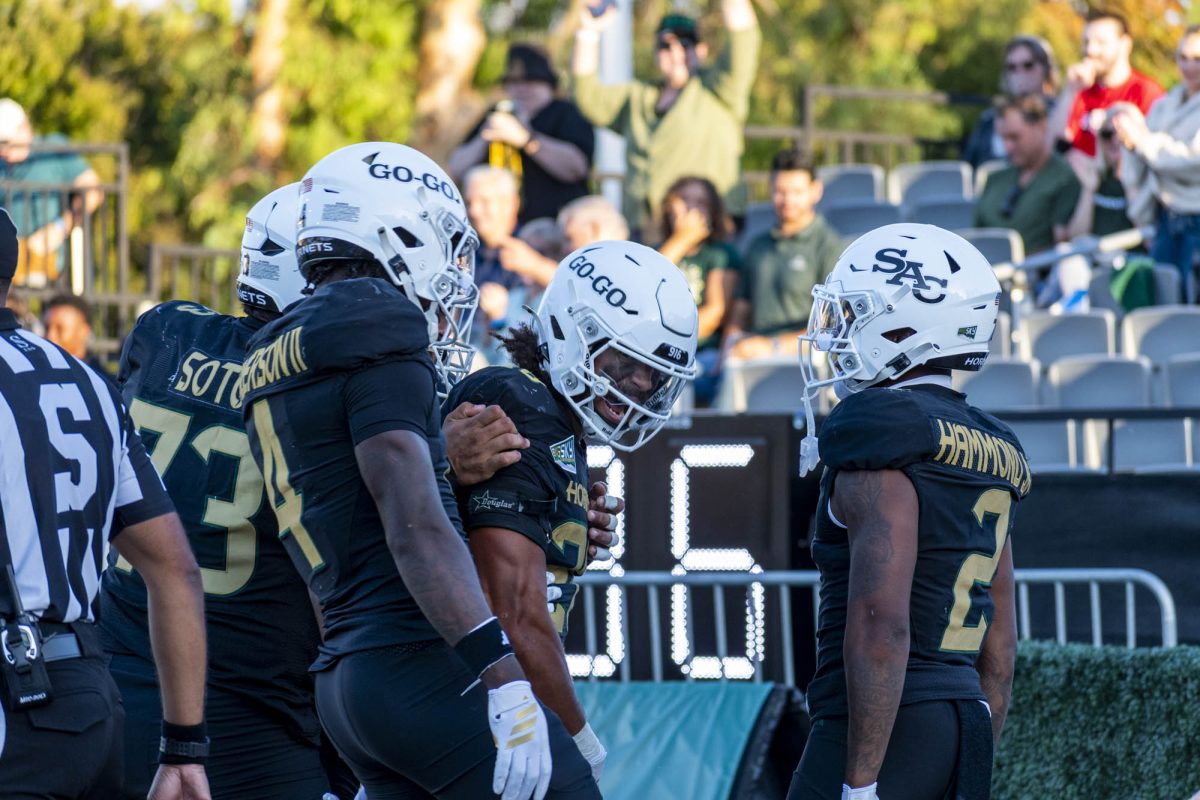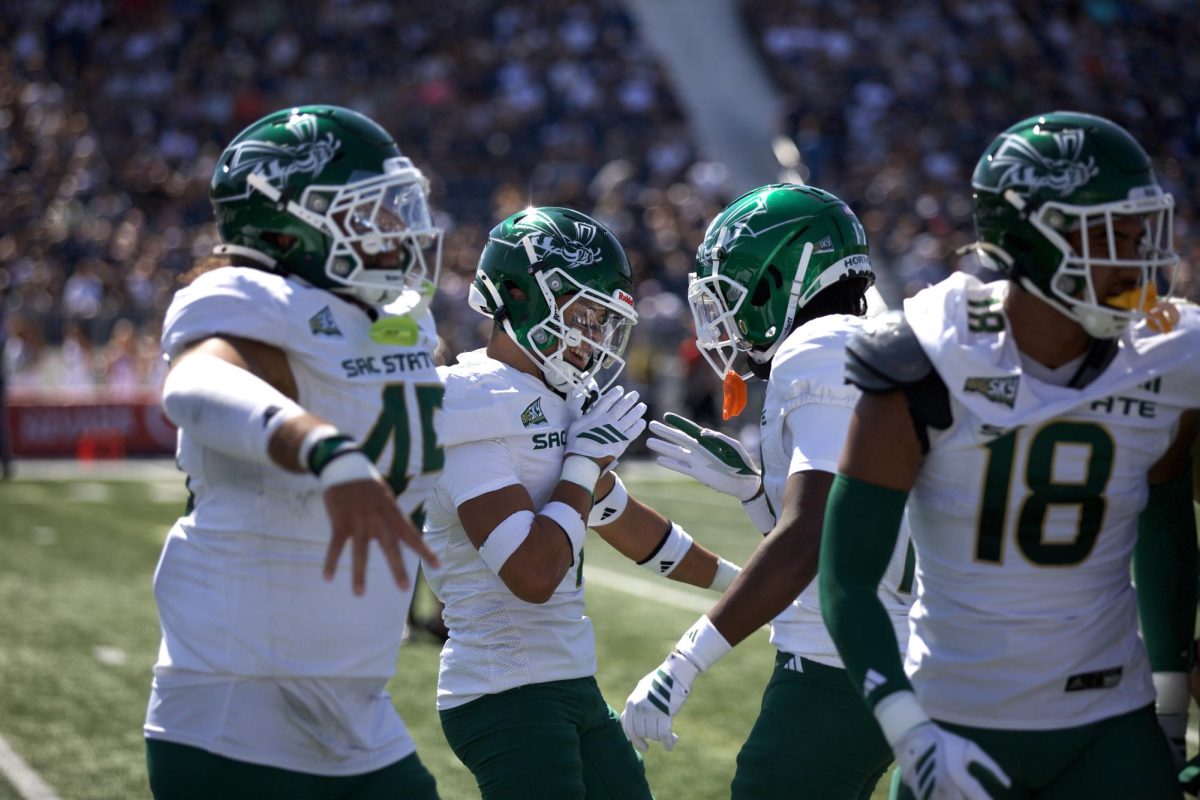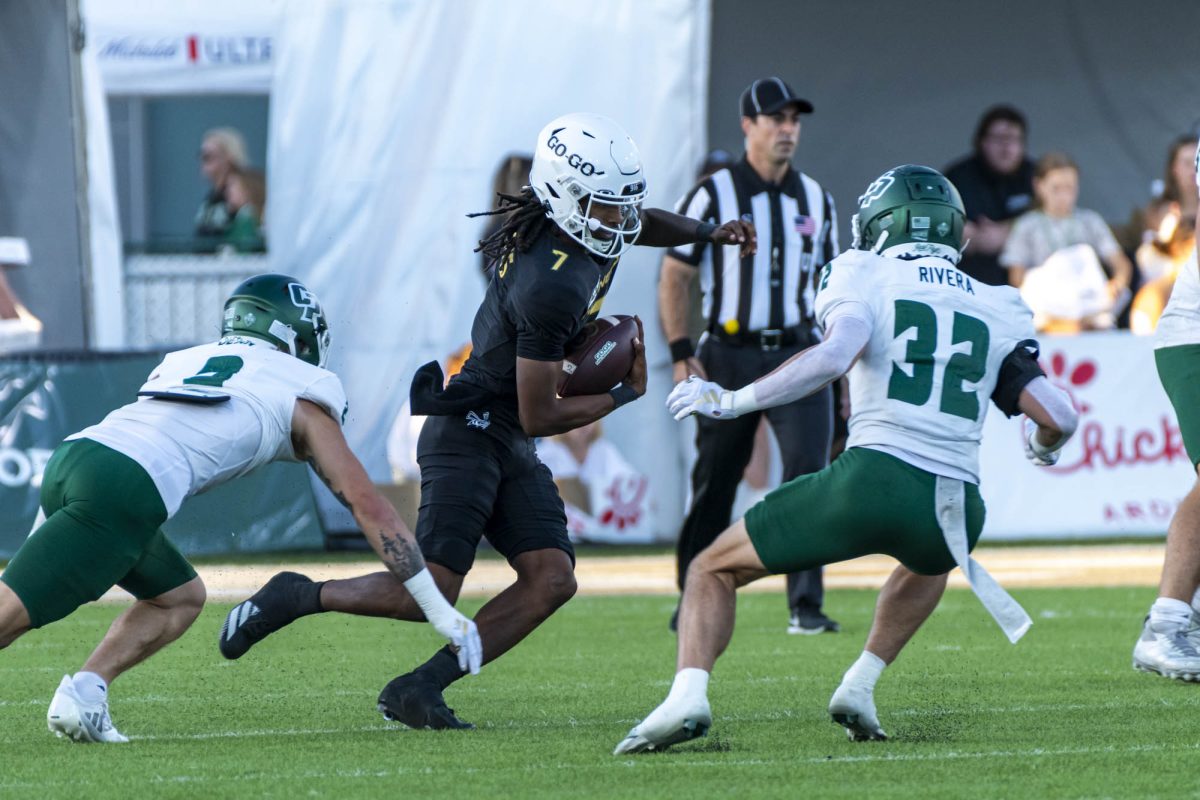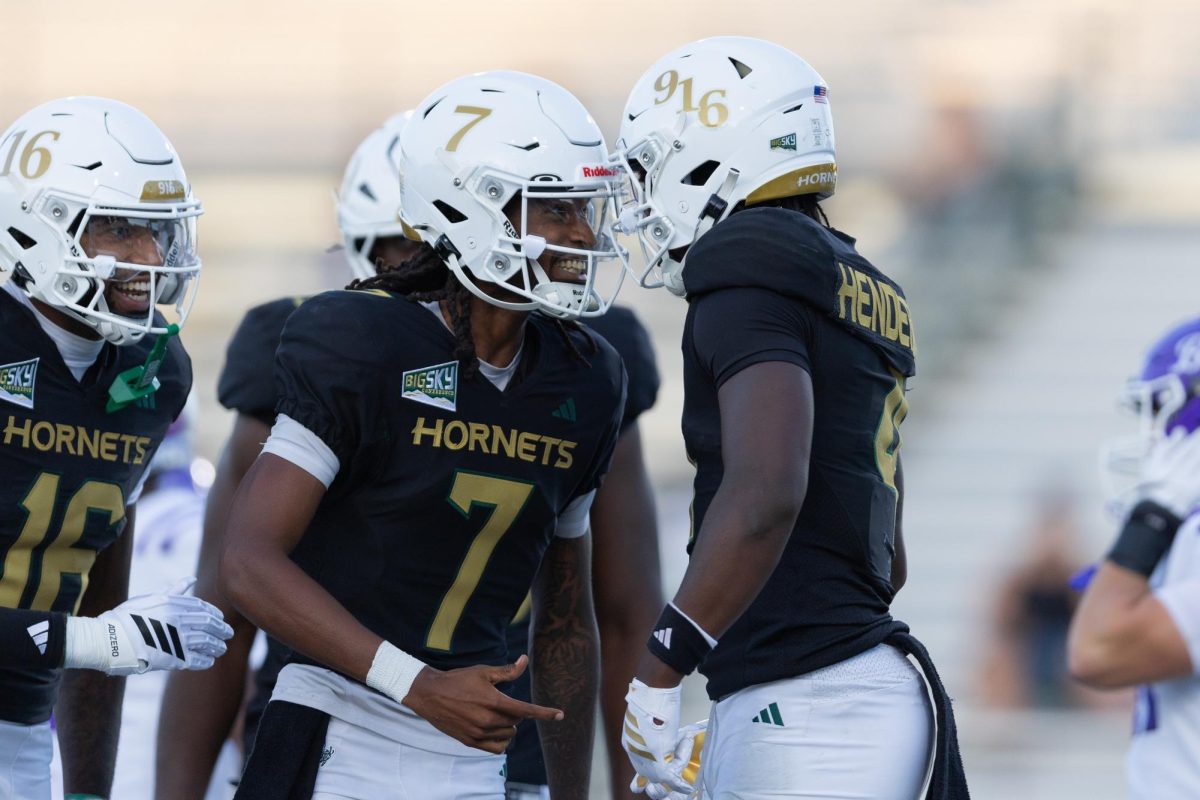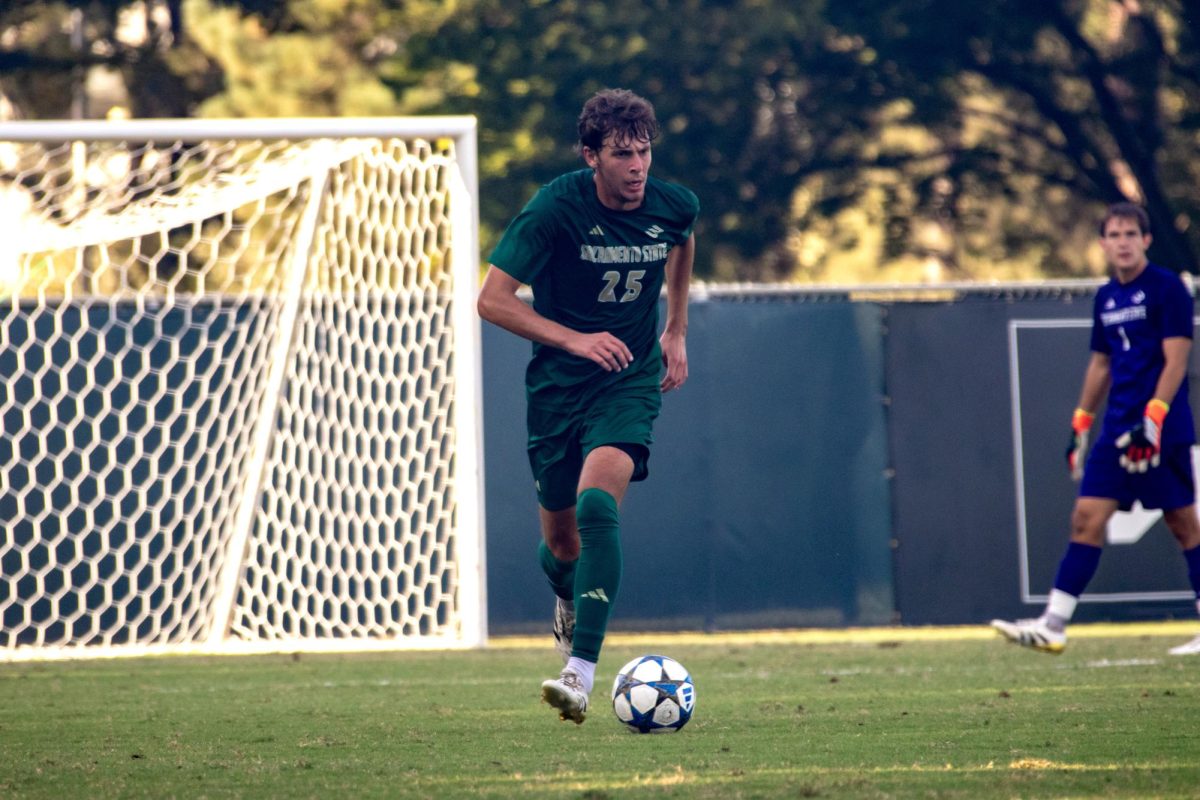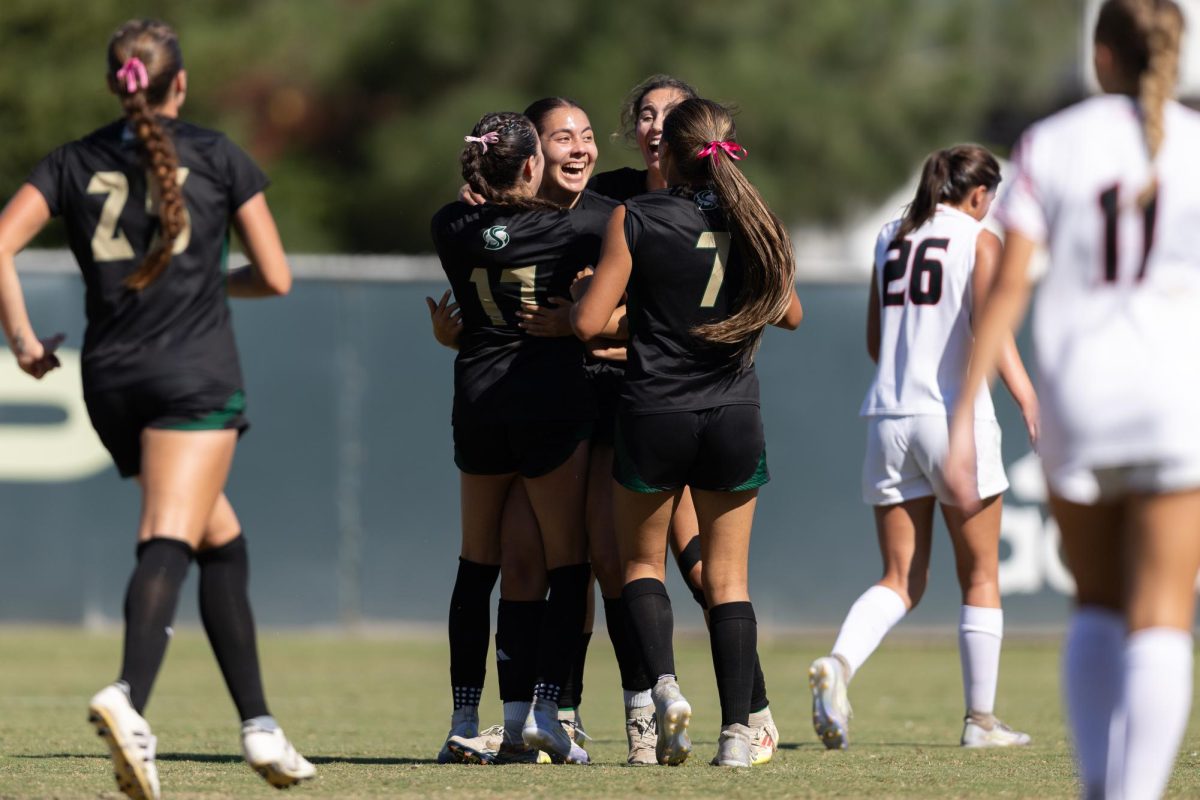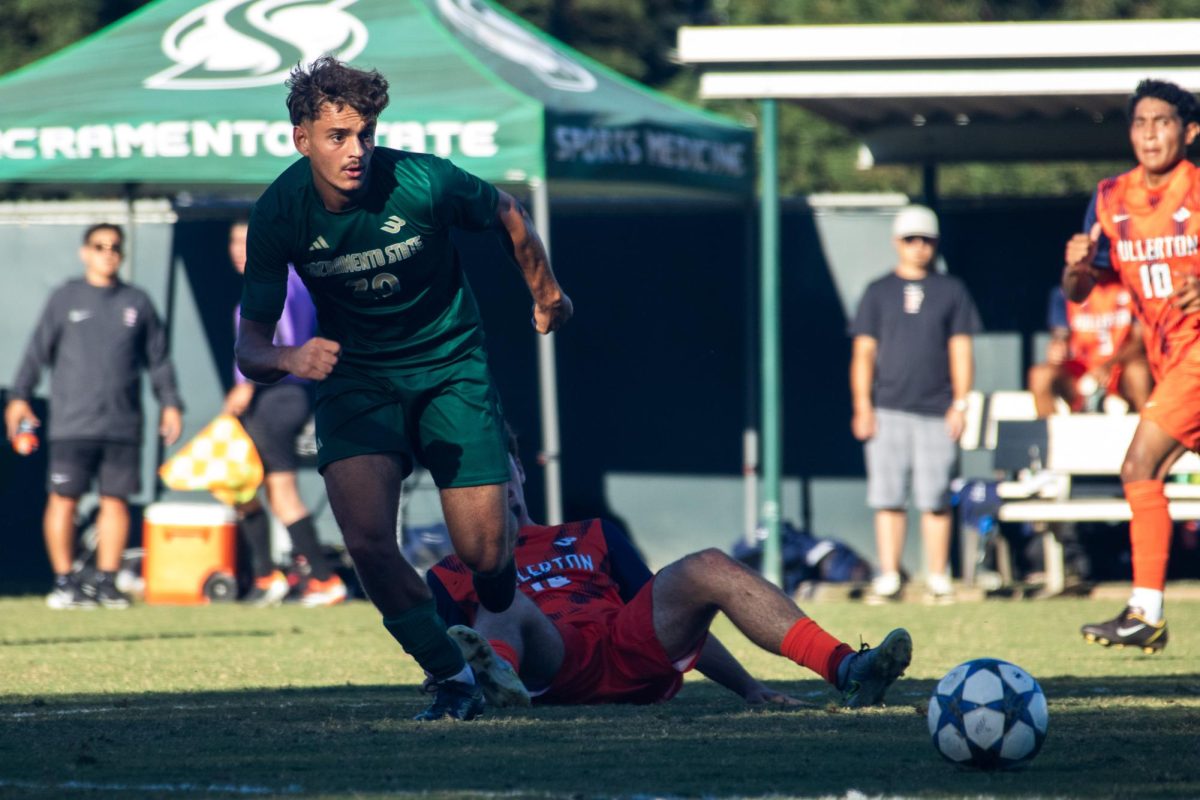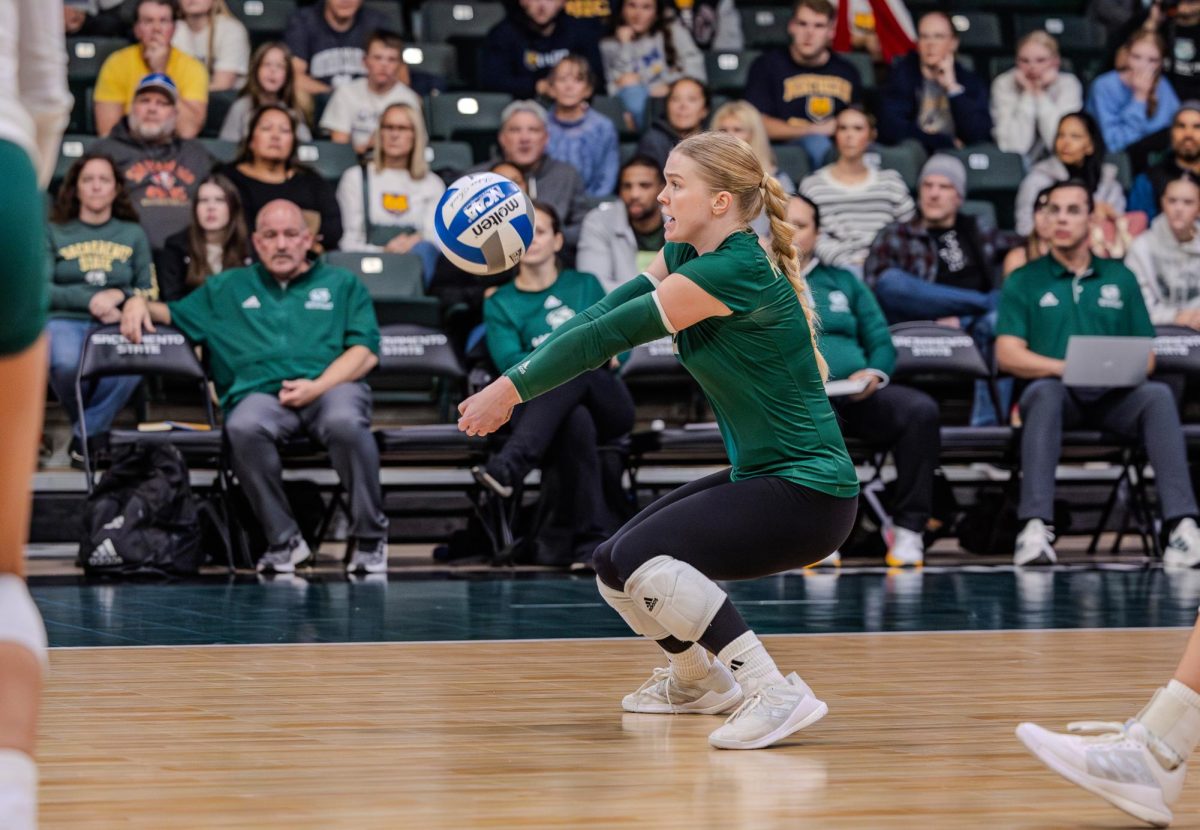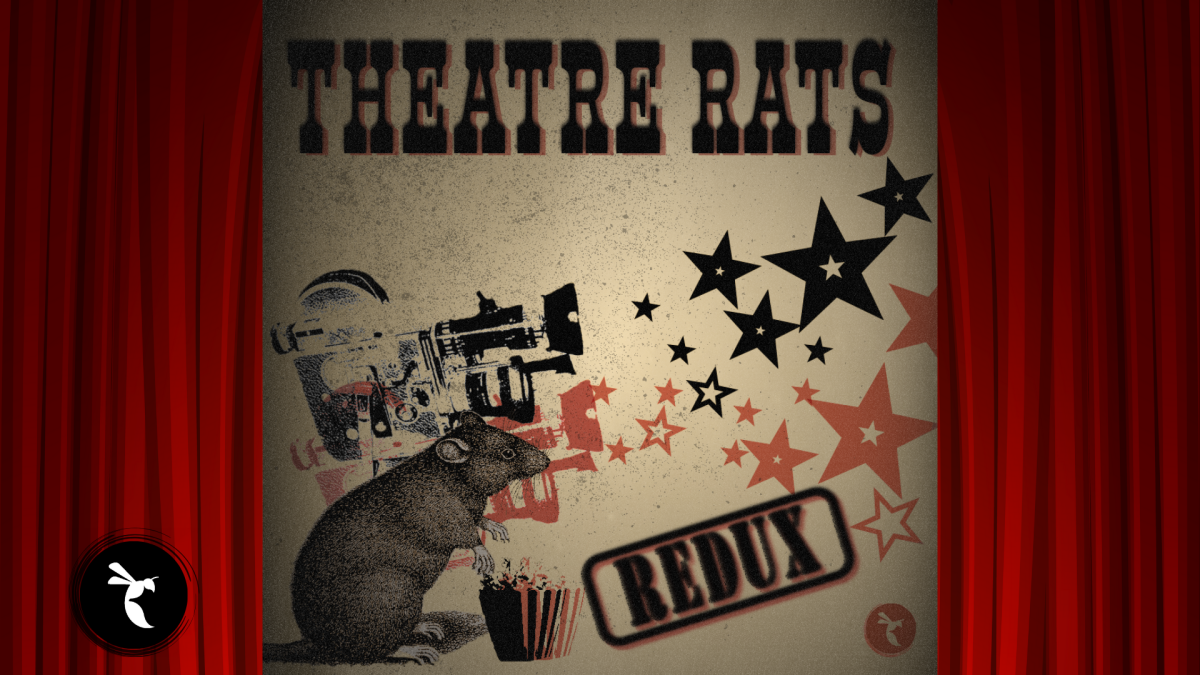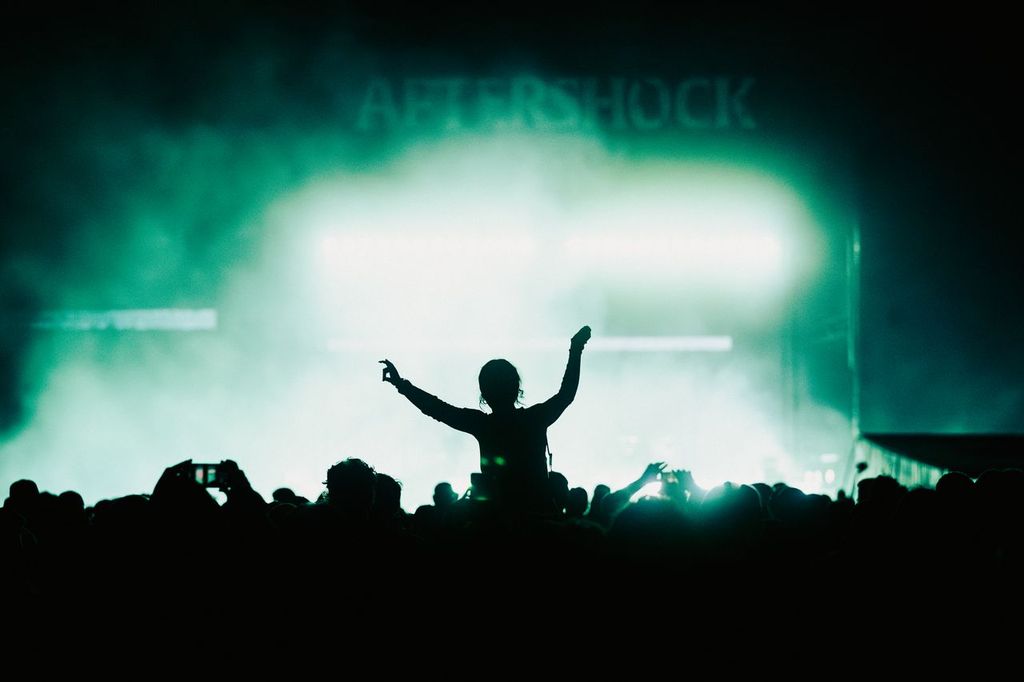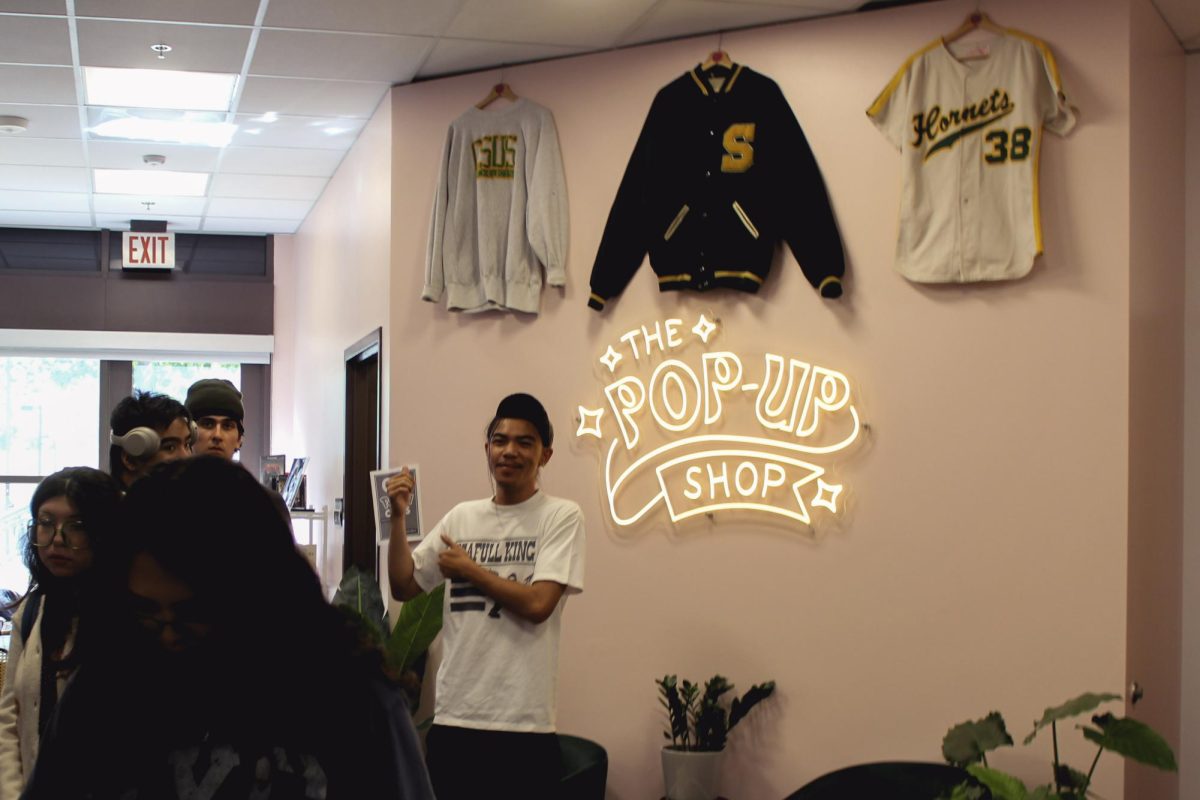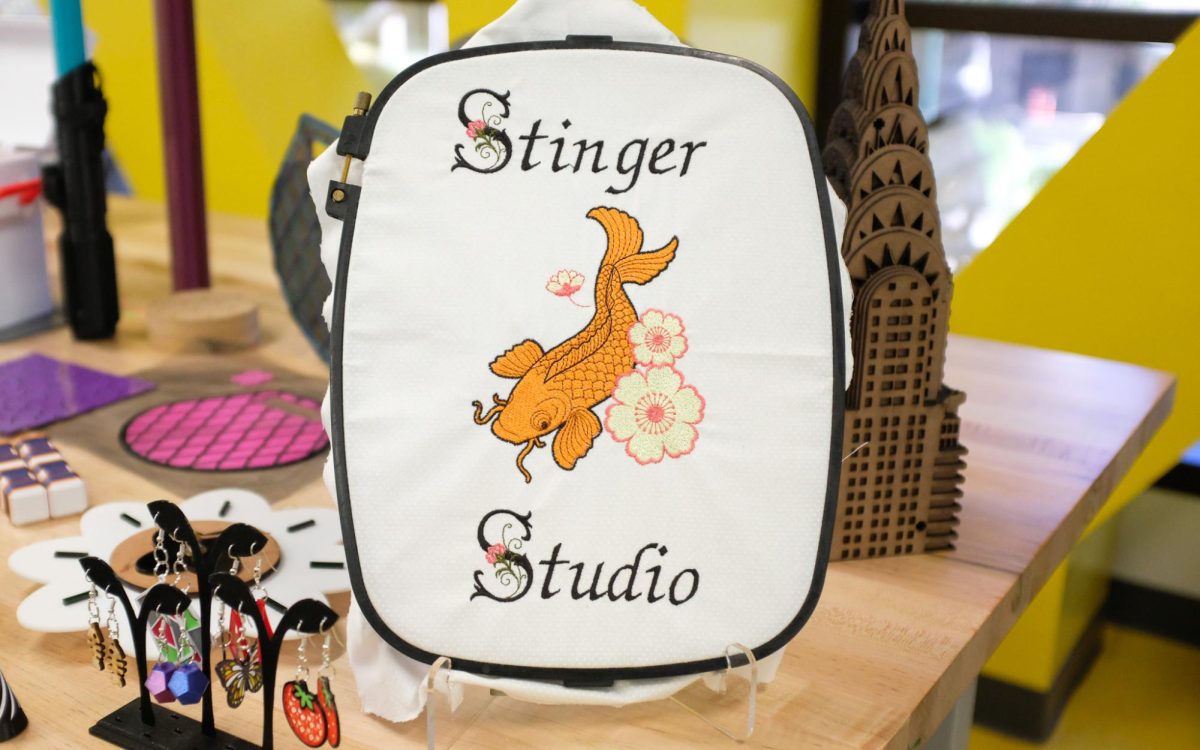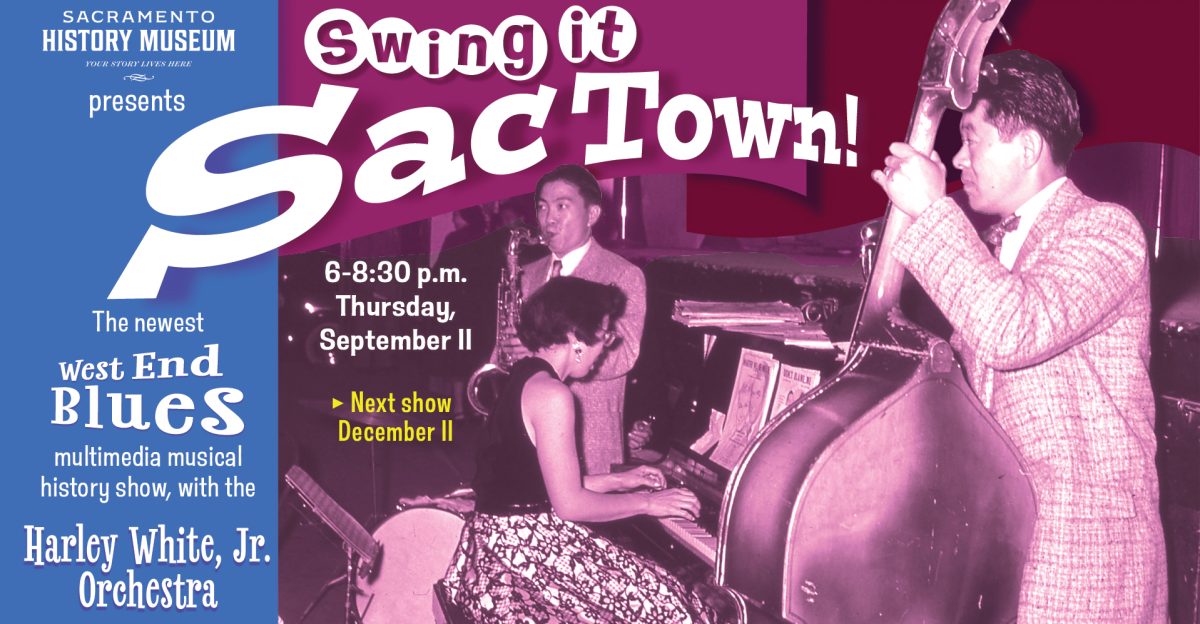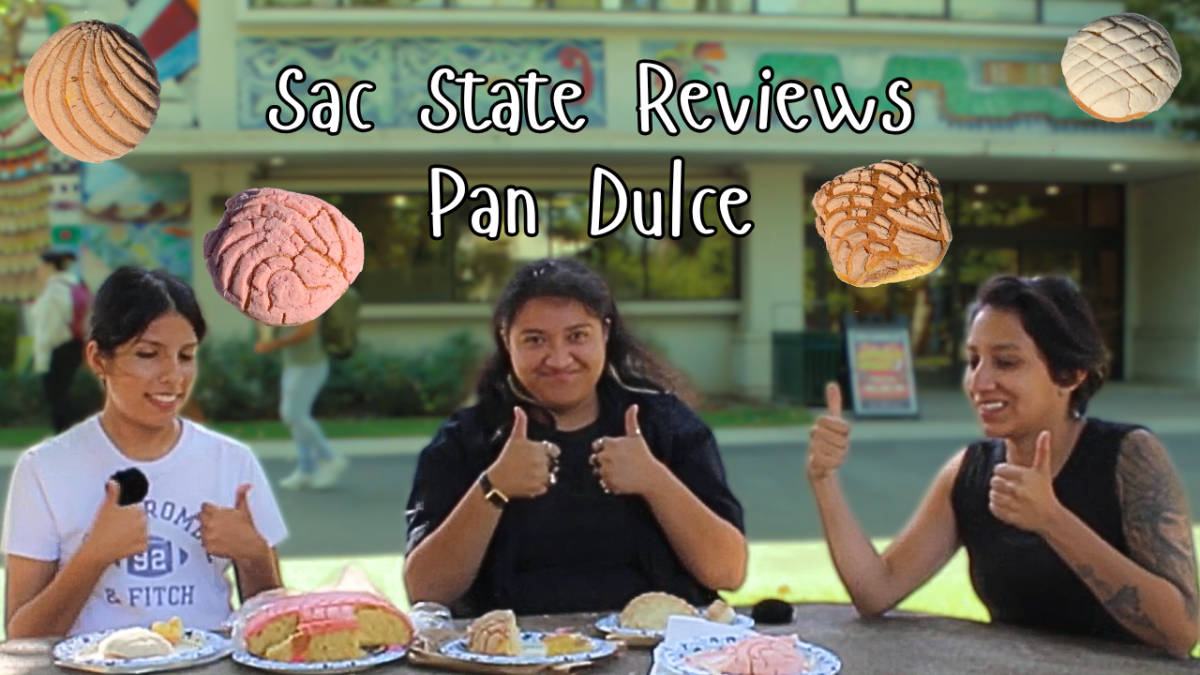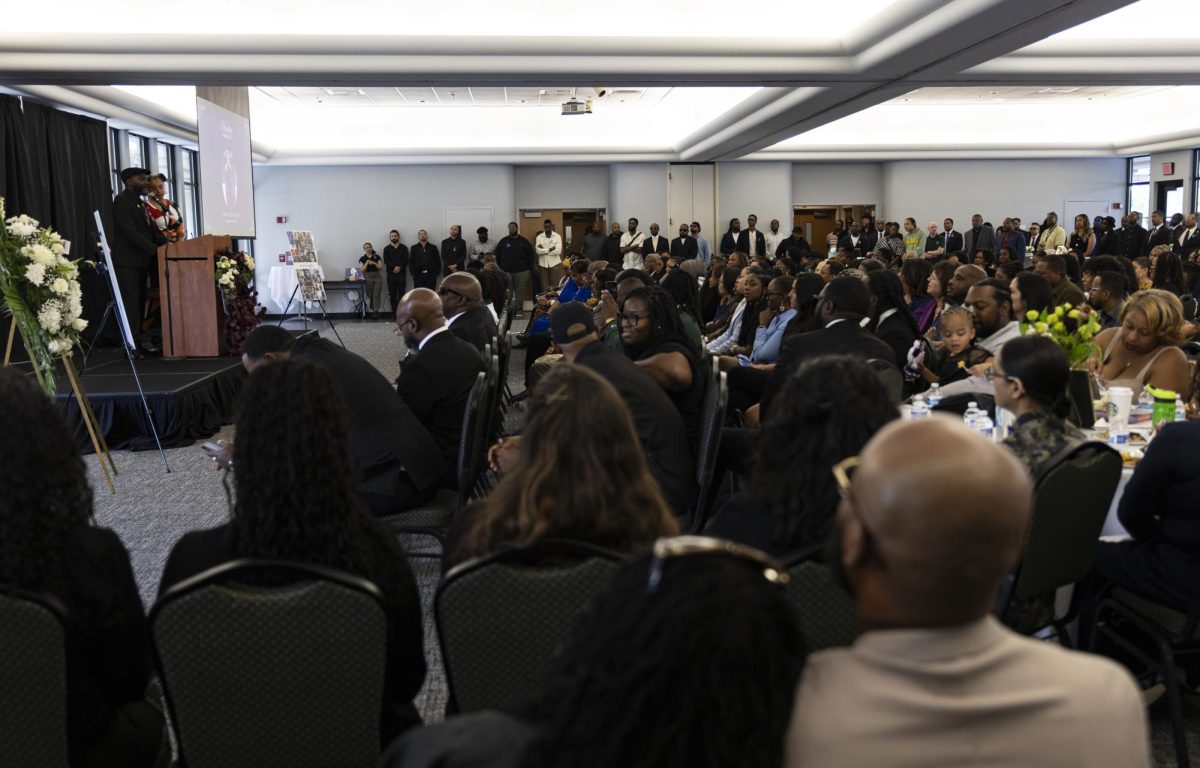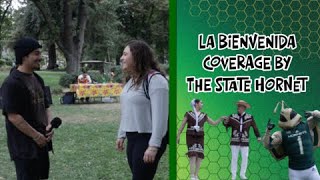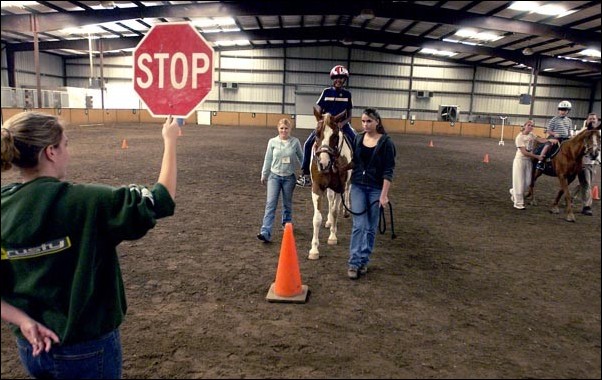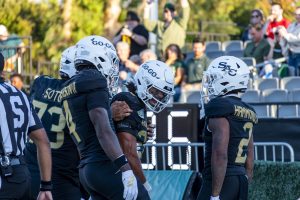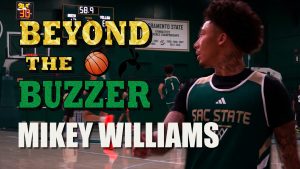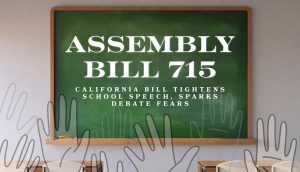Manestream methods
Image: Manestream methods:Sacramento State Child Development senior Heather Ludwig directs the horseback riders during a Project RIDE class Friday, in Elk Grove. Project RIDE provides therapeutic horseback riding instruction for children and adults with special needs. David M:
October 6, 2004
Instead of sleeping late on Friday mornings, some Sacramento State students choose to spend their time with mentally disabled children, teaching them to ride horses.
Every Friday morning, about 140 mentally disabled children come to a horse arena and stable in Elk Grove for Project Ride, where 30 to 35 Sac State and UC Davis students teach them to ride horses.
By participating in Project Ride, the students fulfill course requirements for community service. Involvement in the nonprofit organization also gives the students career experience.
“It is a really great service for everyone involved, because students get a chance to work with people in need, and also so they don’t go to graduate school in the dark,” said Barett Holland, assistant professor in biological sciences.
Holland’s students are required to volunteer for two hours a week for 10 weeks and complete a project at the end of the semester.
Every student that participates in the program, ranging from biology majors who are studying genetics and genetic dysfunction to child development majors, benefits from Project Ride.
The program is associated with the Jessie Baker School for Genetically Disabled Children, which was established in 1979.
The kids are taken from the school to the Project Ride arena across the street, and shown how to ride horses for a therapeutic benefit.
“Riding and being around horses helps the kids with their balance, coordination and temperament,” classroom instructor Tina Calanchini said. “We are the only therapeutic riding center in the area that also has a classroom.”
Three formal lessons are held every Friday. Instructors pair horses ranging from Arabians, paints, ponies, quarter horses and even mustangs with kids based on their weight and ability to balance. Three Sac State students then guide the horses by walking in front and to the sides while the children learn commands such as “whoa” to stop and “walk-on” to control the horses.
While some children are riding the horses, others are in the classroom located inside the arena. Here, with the help of Sac State volunteers, the children learn the parts of horses, how to take care of them, grooming and feeding techniques and how to put a horse to bed.
The volunteer work is assigned to students through the Office of Community Collaboration, and the idea to participate in Project Ride was started by Ruth Ballard, associate professor of biological sciences.
“I got involved with service learning in 1998, and started the program in 1999 to help students who will go into public service and work with people with these disorders,” Ballard said.
Students who volunteer for the program agree with the importance of their service.
“Exposure to working with disabled students will help me, as well as my communication skills,” said Bri Larson, recreation and leisure major.
Other students have come out of curiosity.
“I had heard about the program and had always wanted to try it,” said Jon Buchan, child development major. “This is my second day and I am very impressed at the amount of kids that are learning how to ride.”
The facilities are large and extensive for the Project Ride program. A circular walking pen is in the center of the arena. Ten horse stalls are at the arena, as well as a classroom that is named, “Jerry and Jeanne’s Jockey Club” as well as a kitchen named “The Feed Store.”
Also, numerous carriages are inside the arena that are used on Wednesdays and Thursdays, when community service students can help drive carriages with the mentally disabled children.
For the rest of the semester these children will be taught and kept company by these willing Sac State students, who will gain work experience and self-gratitude.
“I wish more faculty members would get involved in service learning because it is a structured way to connect community service with classroom learning,” Ballard said.


